
Crunchy Pickle Tips
Share
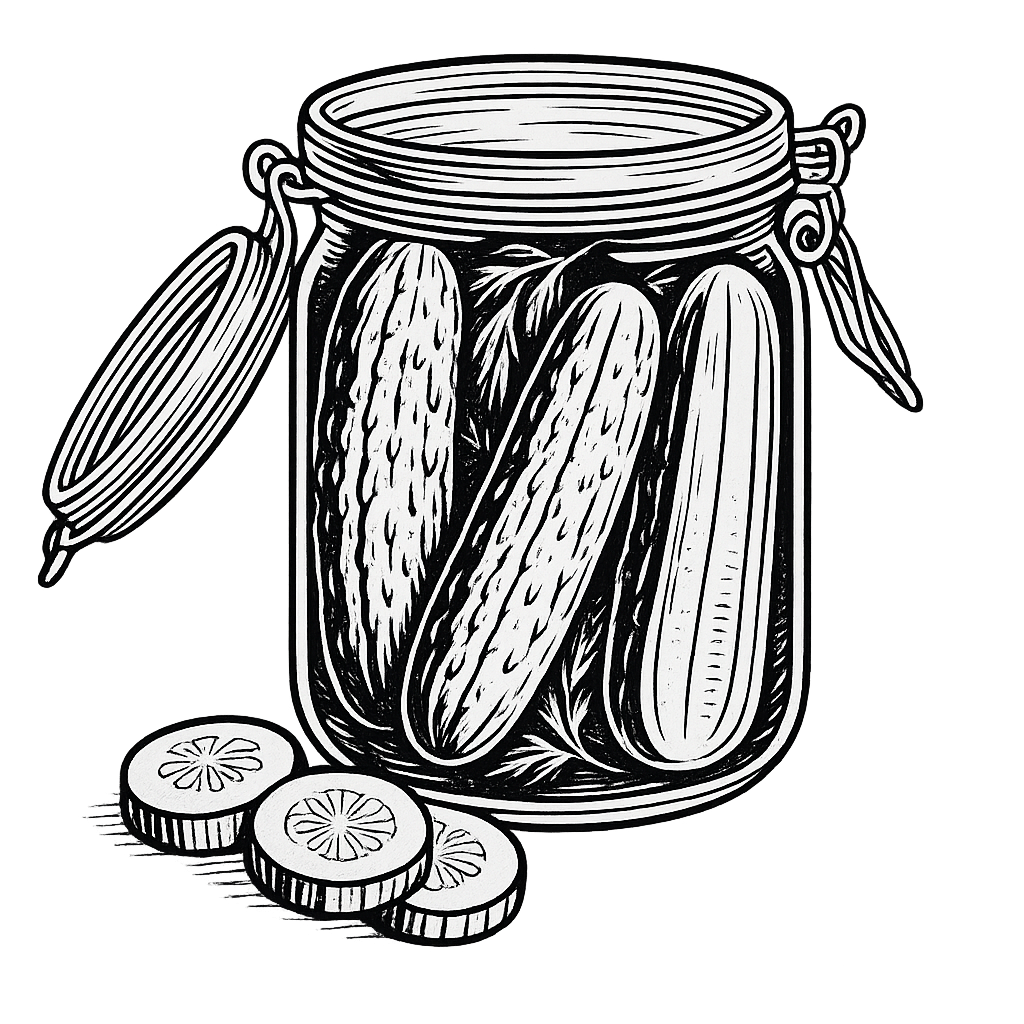
There’s one thing that makes a pickle perfect. It’s not flavor, sure that’s important, but flavors just comes down to personal preference, or your current craving. No, the key to an absolutely legendary pickle is crunch.
If you’ve ever had one of those floppy, soggy, store bought pickles that just make you sad, you know. A crunchy pickle is just another level. Even the best flavored pickle is ruined by being mushy. So how do you ensure your homemade pickles are as crispy as possible? It’s super easy, actually. You just need to know a few simple tricks.
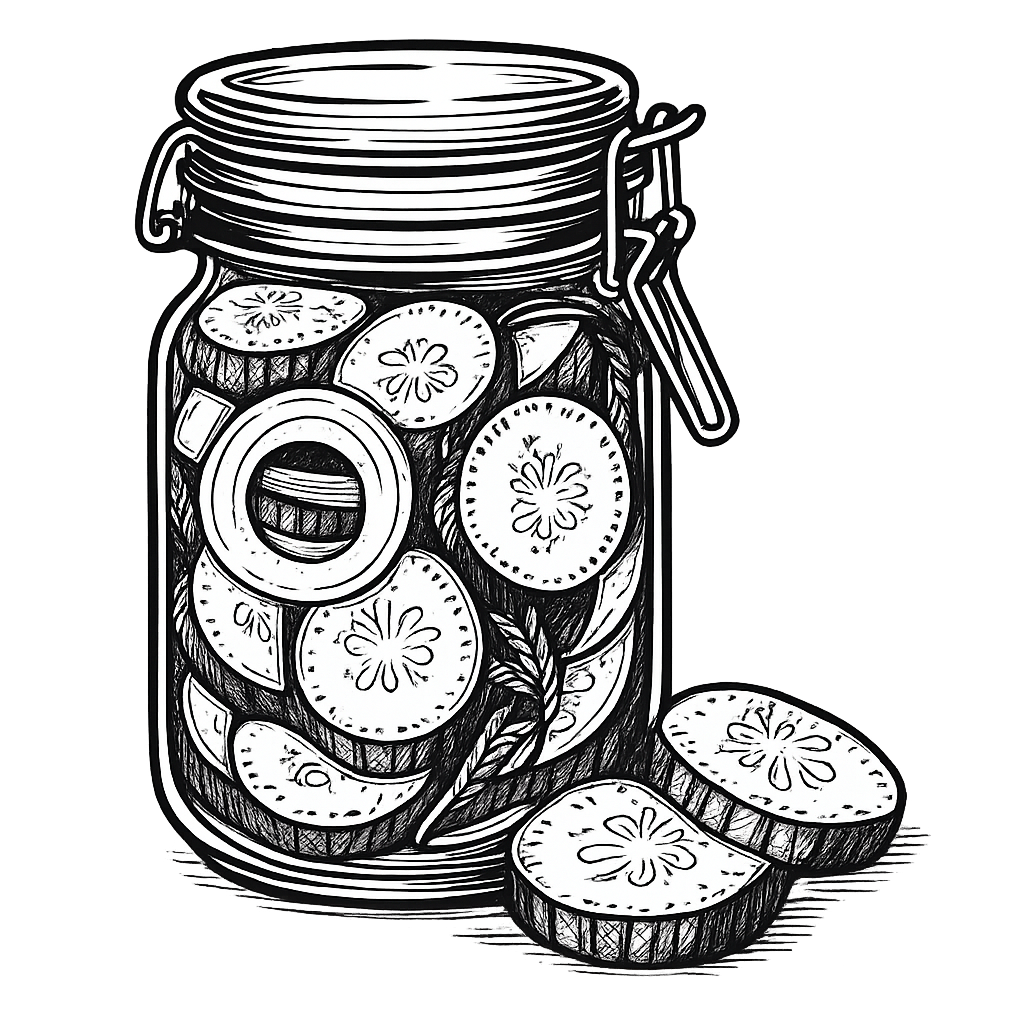
TIP 1: THE RIGHT KIND OF CUCUMBER
The first is picking the right variety of cucumber. Surprisingly, not all cucumbers pickle the same. And your favorite one to eat raw probably isn’t the best to pickle. The garden variety large cucumbers you normally see in the store are actually not suitable at all, and those seedless English Cucumbers that are so tasty to dip? They’re the worst ones for pickling. Both of these varieties will get mushy very quickly when pickling.
The best kind are varieties like Kirby and Persian, but don’t worry about knowing all the different names, it’s very easy to spot them by size. That’s because they’re tiny. The smaller the better, really. If they’re are about 6 inches and shorter, you’ve probably found the perfect picking cucumbers.
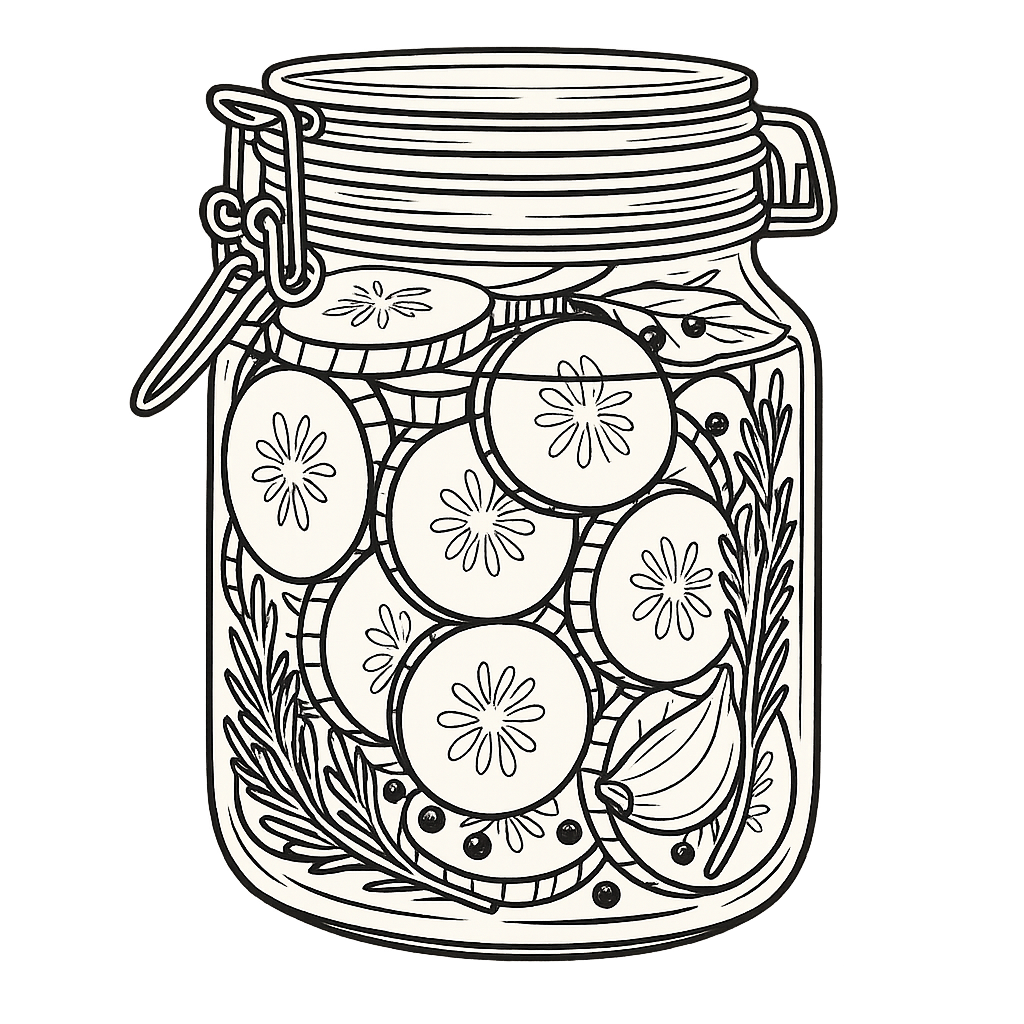
TIP 2: THE FRESHER, THE BETTER
And make sure they’re fresh. The best pickles are made from cucumbers that are only 1-2 days off the vine, which is why home grown is best, but if you can’t get home grown, a Farmer’s Market is ideal, or if you’re going to grab some from the grocery store, don’t hesitate to ask the produce worker to see if there’s a fresher delivery in the back. In my experience, the produce team at grocery stores is the easiest going crew, and there’s almost always a fresh box to choose from.
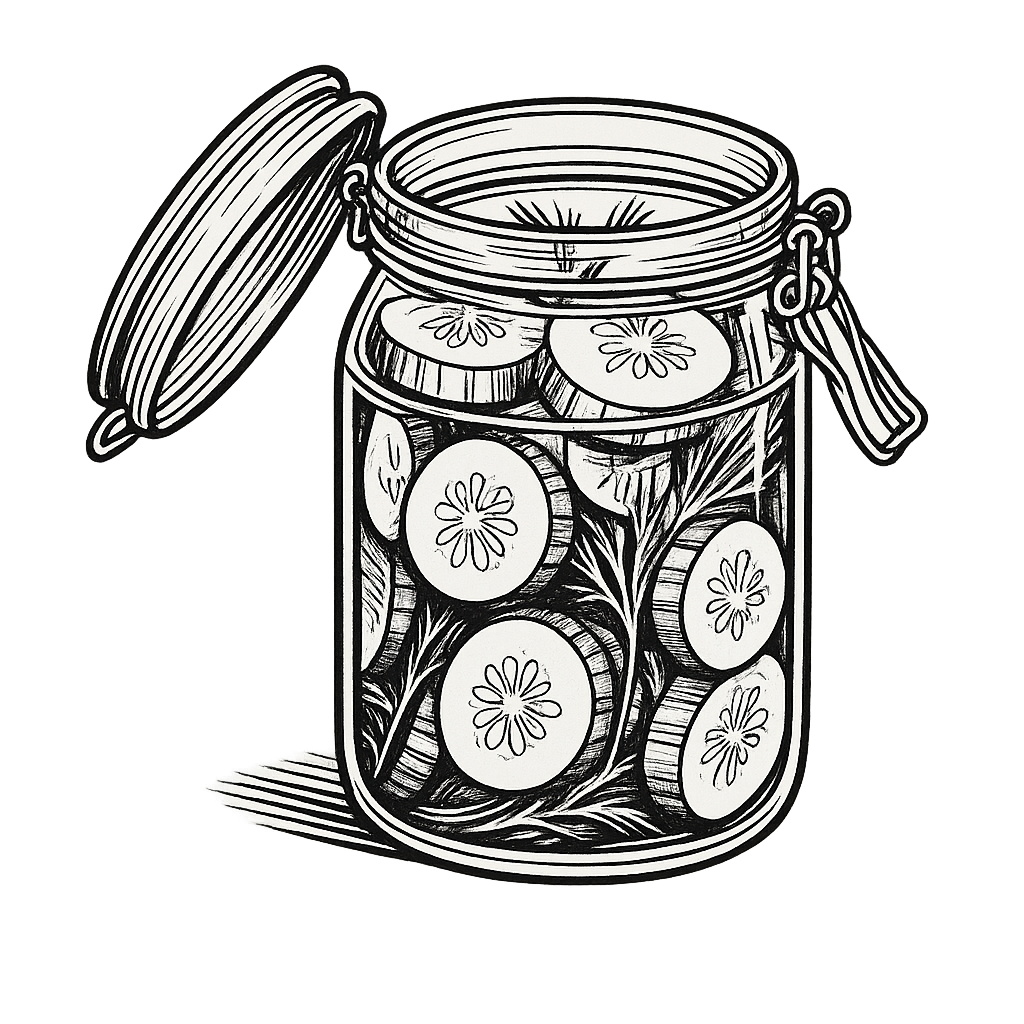
TIP 3: SOAK BEFORE YOU PICKLE
So now you have the freshest and smallest cucumbers you can find, and you’re ready to start pickling, well not quite, actually. The next tip is to soak your cucumbers in ice water. This will add some extra hydration to your cucumbers, especially the outer layer that may have been dried out a bit in transport. Soak them at least 3 hours, or better yet overnight, in the fridge, and you’ll be well on your way to the crunchiest possible pickles.
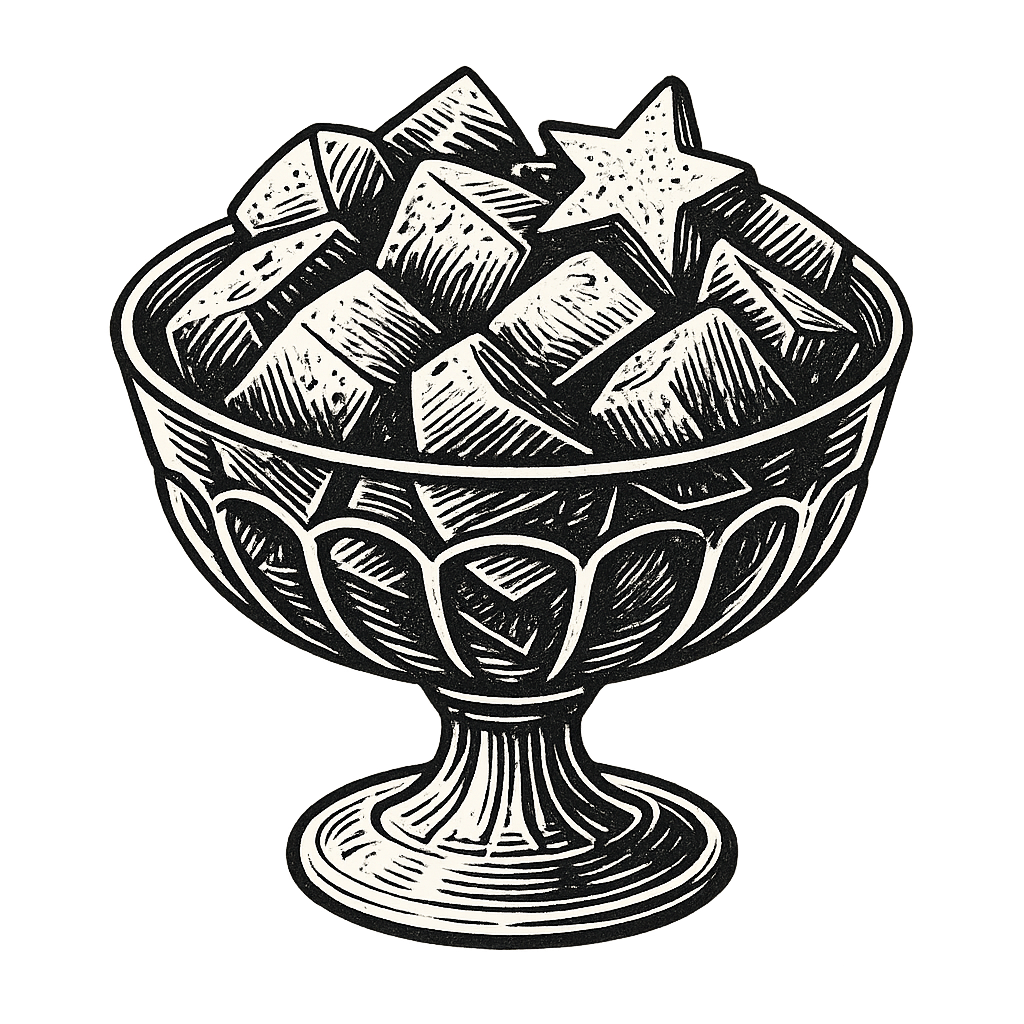
TIP 4: NO BLOSSOMS ALLOWED
Next, before you even decide if you want spears or sandwich slices, there’s one cut you absolutely must make. Curiously enough, the end of the cucumber where the blossom was attached contains an enzyme called pectinase, and it absolutely ruins pickles.
But, don’t worry about figuring out which end is the blossom end and which is the stem end, just cut them both off. All fixed!
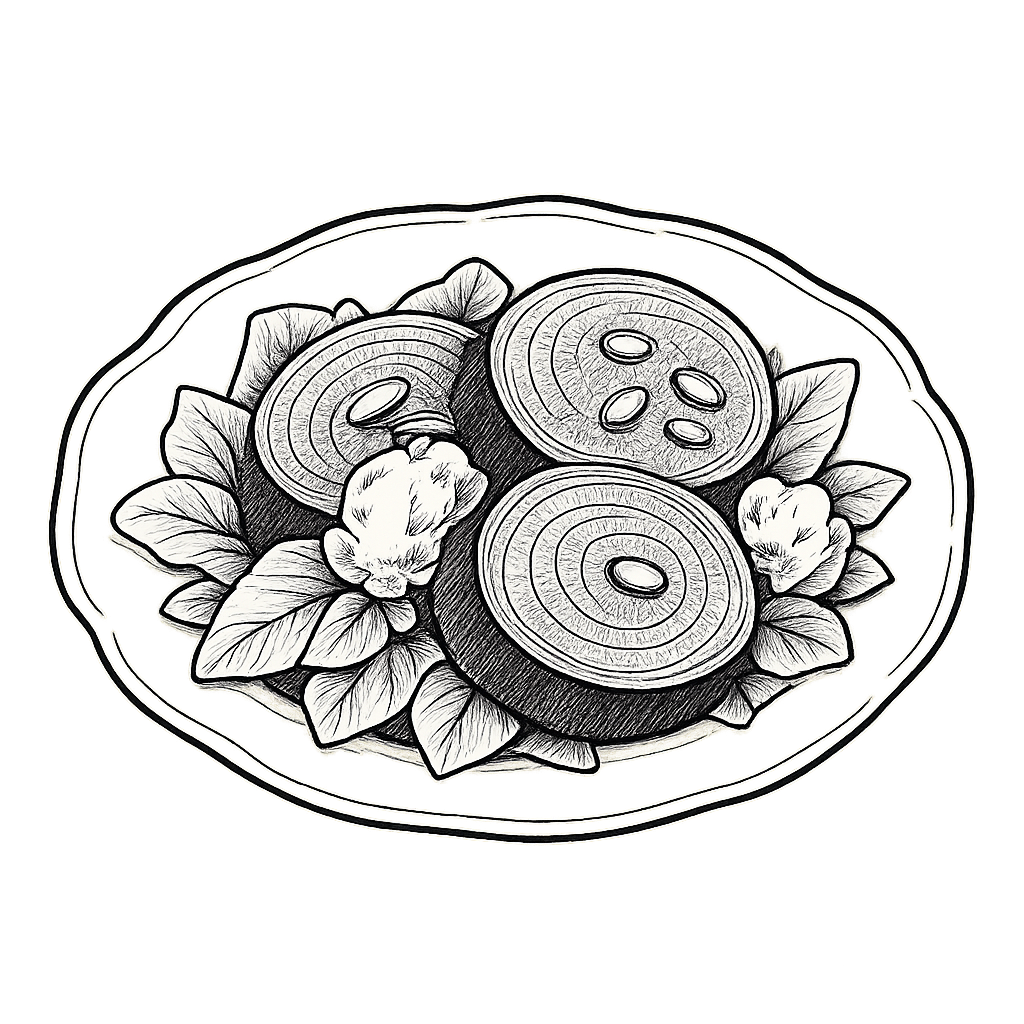
TIP 5: TANNINS
And one more key to a crunchy pickle? Tannins. That dry flavor you get in things like red wine and tea is from tannins. They are a natural astringent that strengthens the cell walls of the cucumber, making it sturdier and less likely to break down in the pickling process.
There are lots of great natural sources for tannins, and lots of vintage recipes call for a grape leaf to be added to every pickle jar, which works great. Now, I live between the raisin capital of the world, and wine country, so it’s super easy for me to get ahold of grape leaves, but I’m guessing not everyone can pop down to their local grape farm and snag a few, so the next best thing is something you probably already have sitting in your pantry - bay leaves.
Bay leaves have tons of tannins, and a nice mild flavor that will probably go with any recipe you choose, so just pop a few in your next jar of pickles to ensure a crunchy experience.
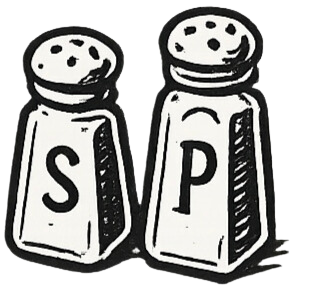
TIP 6: CHOOSE THE RIGHT SALT
And one more thing to consider for perfect pickles is the salt you use. I love Himalayan salt for how healthy it is, but it’s the wrong choice for pickles. All those extra minerals and that make it so beneficial can really mess with your pickles, with unpredictable results, so it best to stick with a more purified salt.
And that may make you think iodized salt is best since it’s so highly processed and purified, but it’s not great either. The iodine can darken your pickles and turn the brine cloudy, and the anti-caking agents it contains can wreak all sorts of havoc on the texture of your pickles.
Then there‘s the ultimate safe choice - pickling salt. If you can’t guess by the name, it’s a specifically designed for pickling, so of course it’s your best bet. It has no anticaking agents or additives, and it’s made with a super fine grain which dissolves quickly and consistently.
That said, I chose to use coarse grain sea salt. I made my decision because sea salt is the best compromise, with no chemicals added, and well purified, without being overly processed. Also, by using sea salt, I don’t have to go out and buy a bunch of specialty salt I can’t use for anything else. Just be careful to avoid fine grain sea salt, though, as most varieties have anticaking agents added.
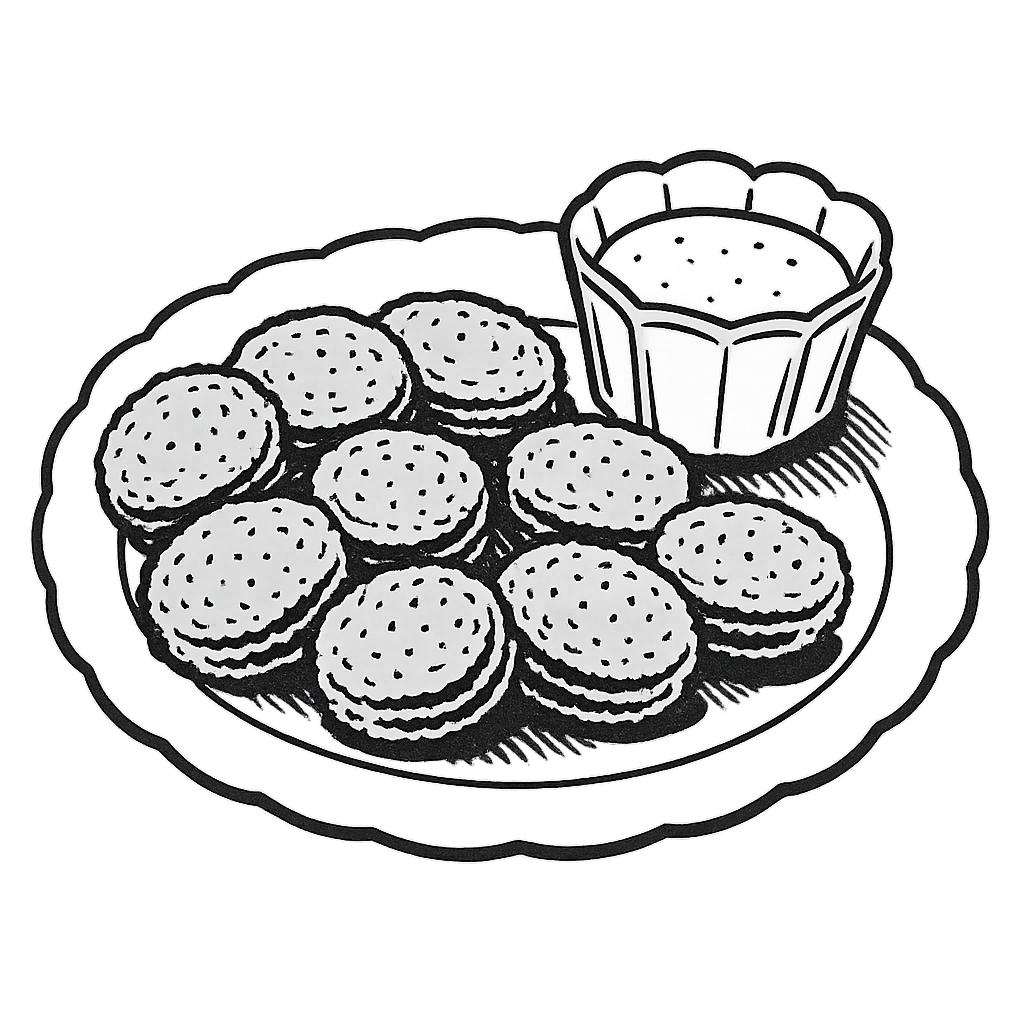
TIP 7: NO ALUM
So last note for the perfect pickles is actually a caution against a common ingredient many cooks and recipes recommend - alum. There are two reasons to avoid it.
The first is, while using the perfect amount of alum can help crisp up the pickles a little bit, too much, and you’ll have the opposite effect, so an imperfect measurement will ruin a whole batch of pickles.
And secondly, alum is a basic, as in the opposite of an acid, so it can alter the PH of your pickles, canceling out some of the acidity, which can be bad since you’re relying on acidity to preserve your pickles. That can be downright dangerous, resulting in a spoiled batch of pickles that can make you sick. Just not worth the risk.
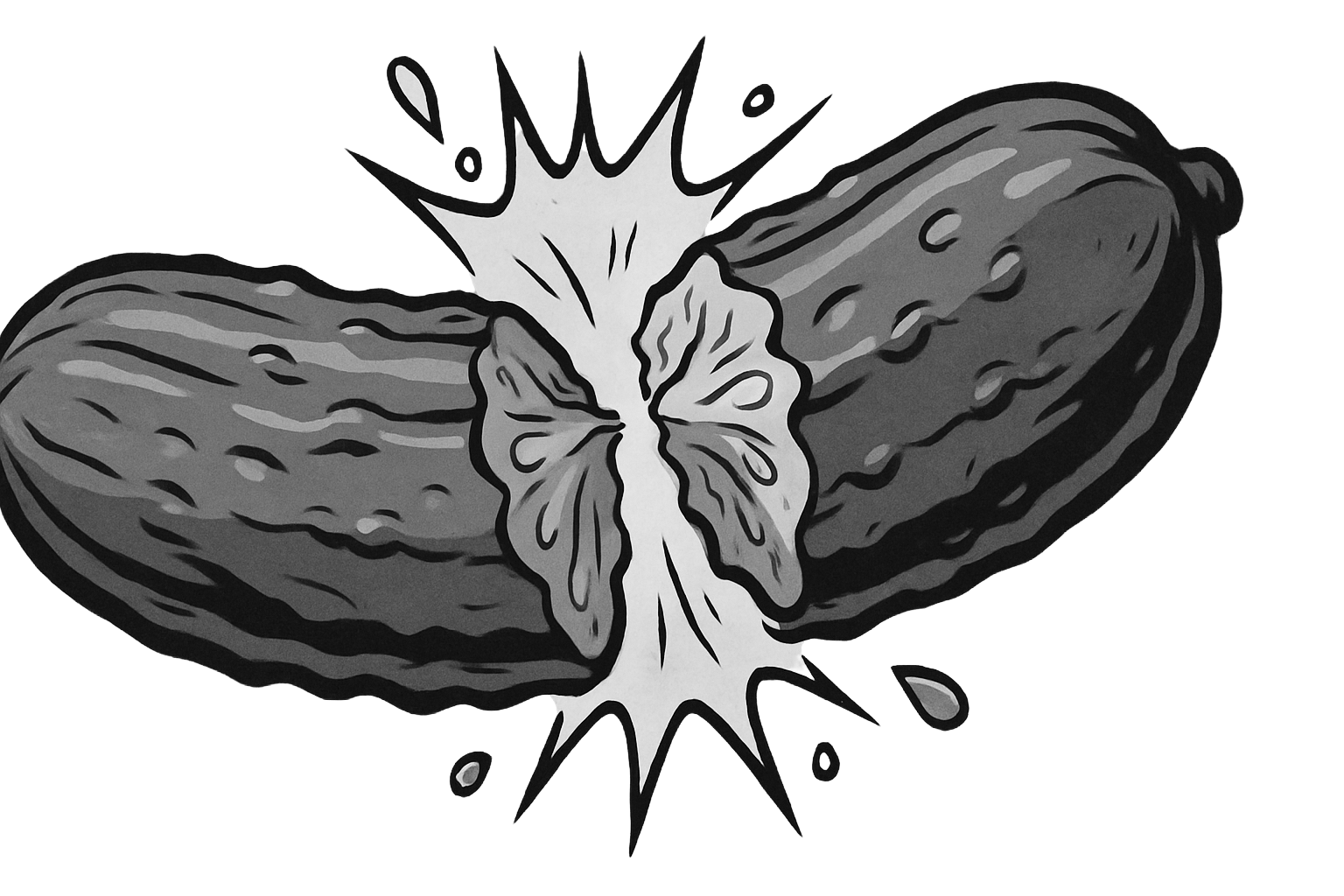
YOU'RE READY TO MAKE SOME CRUNCHY PICKLES!
So that’s it! Pick the smallest variety can find, source them as fresh as possible, soak them in ice water, cut off the ends, add a source of tannins, and use the right salt. If you follow those simple tips, you’ll enjoy the crunchiest pickle you’ve ever had.
So, if you’re ready to make some delicious pickles, I’ve posted a few of my favorite vintage recipes below. And don’t forget to share these tips if you found them helpful!
KITCHENWARE USED IN THIS RECIPE


